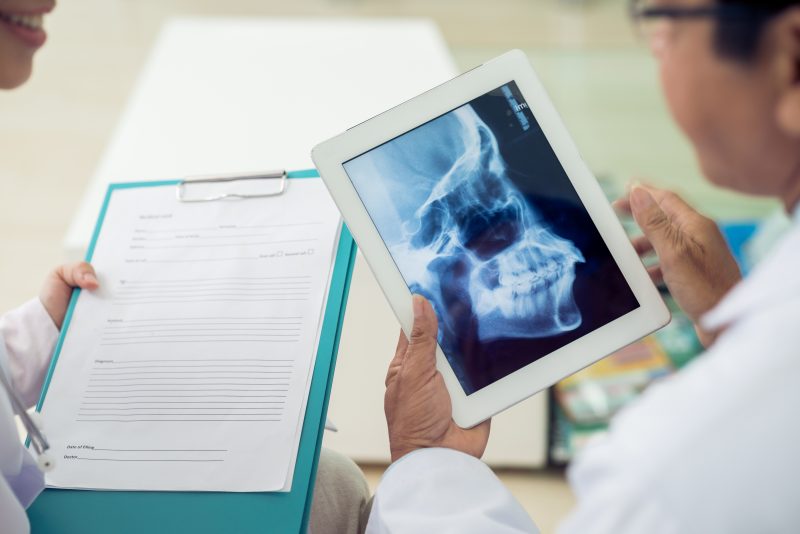

Dental professionals require access to each patient’s complete electronic health record – including laboratory test results and current prescriptions – so they can provide the best care possible; care that is safe for the patient, promotes preventive management and improves dental treatment outcomes.
This unprecedented access would aid all types of dental professionals, including general dentists, oral surgeons, periodontists, prosthodontists, endodontists, hygienists and others. A new multi-study project from the Regenstrief Institute and Indiana University School of Dentistry has determined that information from patients’ medical records is generally not available to oral health practitioners in either an easy-to-use or timely manner.
The dental informatics researchers confirmed that requested medical information typically is faxed from a medical facility to the dental office. Faxes, sometimes unreadable when received, often are scanned into the patient’s dental record. The researchers found that, typically, the faxed information arrived in 7 to 10 days, although in the study, 30 percent took even longer.
“Oral health practitioners may need to confirm a list of medical considerations; for example, that there is no contraindication to a patient sitting in a chair for a lengthy procedure or whether a patient is taking any medication that could put them at risk for excessive bleeding during a tooth extraction or other procedure,” said senior author and study leader Thankam P. Thyvalikakath, DMD, MDS, PhD, director of the Regenstrief and IU School of Dentistry Dental Informatics program. “In this day and age of electronic data transmissions in banking, shopping and other commercial fields, should health professionals still be relying on inefficient, paper-based methods for sharing patient information?”
Demand for advanced dental care is increasing due to people living longer with chronic diseases like HIV and the growing number of older adults with natural teeth. For these patients, information from their medical file may be especially critical to appropriate dental treatment.
The researcher-clinicians found that the medical information most frequently requested by a dental office to finalize treatment decisions and procedure timing were patient diabetes status and history of blood sugar levels. Knowing this information helps oral health professionals rule out any contraindication to undergo dental treatments, determine outcomes of a surgical procedure or assess options for implant placement and calculate risk for gum disease. For example, if blood sugar numbers are high, there is a greater probability that an implant may fail.
“Retrospective Study of the Reasons and Time Involved for Dental Providers’ Medical Consults” is published in the peer-reviewed journal Frontiers in Digital Health.
Related study reports few dental-medical record integrations exist
In a related study, published earlier this year, Dr. Thyvalikakath and colleagues report that, with the exception of large healthcare organizations that provide both dental and medical care to patients, for example safety net health systems, few integrated medical-dental records exist. In “How Do Dental Clinicians Obtain Up-To-Date Patient Medical Histories? Modeling Strengths, Drawbacks, and Proposals for Improvements,” also published in Frontiers in Digital Health, the researcher-clinicians present a health information exchange (HIE) approach they designed to address the need of dental professionals to access a patient’s medical record expeditiously. They note this approach can be adopted by electronic health record (EHR) and electronic dental record (EDR) vendors to develop a connection between dental systems and HIEs.
“Oral health practitioners shouldn’t have to wait, as our work shows they often currently must, for medical information to make treatment decisions. Delays in receiving medical information can require dental treatment to be postponed, sometimes to the detriment of the patient’s health and convenience,” said Dr. Thyvalikakath. “And the exchange of information process should be two-way – in addition to the medical record informing dental care, dental records can inform medical care. For example, an oral health professional’s identification of new oral ulcers or dry mouth may alert the physician to a previously unreported medical issue or present another symptom, helping in the identification of a medical syndrome. Incorporating the patient’s electronic dental record as part of the information that can be shared through an HIE makes this possible and practical.”

